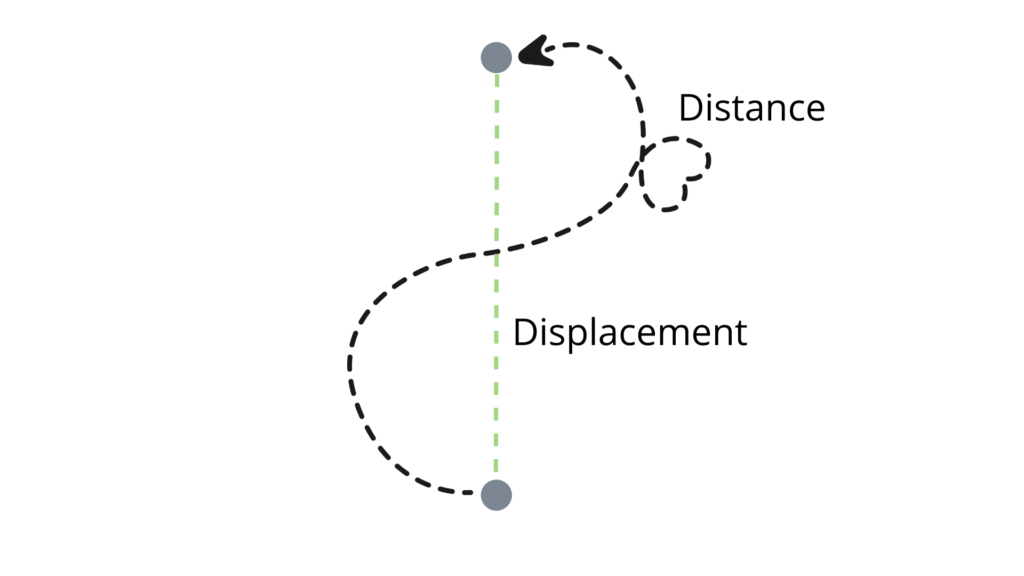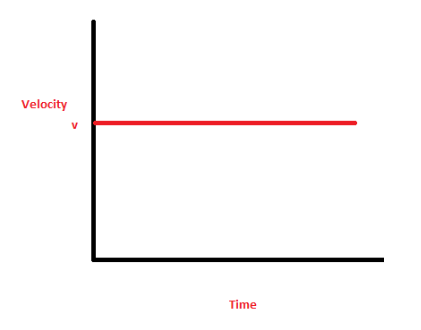Menu
Kinematic Quantities
Key point
- Kinematic Quantities describe the motion of objects.
- They depend on a frame of reference.
- They are either vector or scalar values.
- The main kinematic quantities are: displacement, distance, velocity, speed, and time.
- Acceleration is discussed in the “uniformly accelerated motion” notes page.
Kinematics – the study of motion. What are kinematic quantities? They are measures that provide information about an object’s motion.
- Position – the place where an object is relative to other objects (Vector Quantity).
- Needs both direction and magnitude.
- “The person is 5 meters to the left of the position marker”.
- The Frame of Reference must be defined (or implied) in order to figure out an object’s position.
- In the example, the position marker is the frame of reference required to discuss the position of both the person and the moon.
- Time – how long does it take to perform a certain action?
- Scalar value that requires only magnitude


- Displacement is an object’s overall change in position.
- Describes how far, compared to its initial position, a given object has come.
- Vector quantity that needs both magnitude and direction.
- Distance is the length of the path followed.
- Describes “how much ground an object has covered”
- Scalar quantity, needs just magnitude
- In the example to the left, the green line is displacement, and the black line is distance.
- Both quantities are measured in meters.
- Distance can be either be equal to or greater than displacement, but not less.
- Velocity is the change in position (displacement) over the change in time.
- Vector quantity, requires both magnitude and direction.
- Speed is the distance over time.
- Scalar quantity, requires just magnitude, but not direction.
- Both are measured in m/s (meters per second).
- Speed: the object is travelling at 200 m/s.
- Velocity: the object is travelling north at 200 m/s.
- Both are descriptive of the “rate of change of position per unit time”


In uniform motion the speed/velocity is constant.
- No acceleration.
- Assuming no external forces act upon the object.
This is the most commonly used equation for uniform motion:
- Used to relate velocity (or speed) to displacement (or distance) and time.
- The subscript f is used to denote final values, whereas the subscript i is used to denote the initial values.
- Subtracting initial from final gives us the change in the value, which is used in the equation.
- The subscript f is used to denote final values, whereas the subscript i is used to denote the initial values.

Frequently Asked Questions:
- What is the difference between scalar and vector quantities?
- Scalar quantities (time, distance, speed) only use a magnitude to describe the object’s motion.
- Vector quantities (displacement, velocity, acceleration) have not only a magnitude, but also a direction, so they provide more information about the object’s motion.
- This extra information is why they are more commonly used.
Subscribe to the Inertia Newsletter
IB News, Covid-19 Updates, Deadlines, Tips and Tricks, and Hundreds of Free Resources are Awaiting You!

